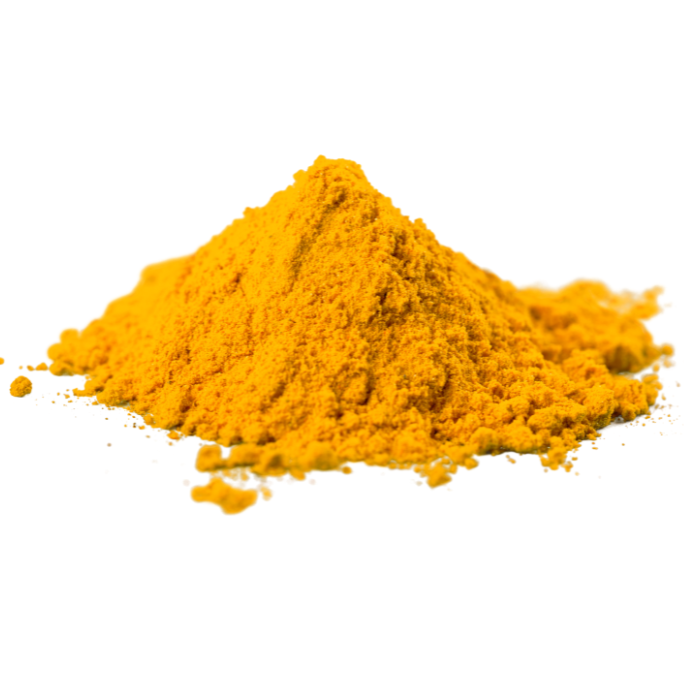Yellow Iron Oxide uses
Iron oxide has become very important due to their bright colour, consistent properties, and tinting strength. They are mainly produced in Red, yellow, Orange, and Black colours.
The Iron Oxides market has historically grown at a rate of 2%-4% per year. There have been cyclical ups and downs, but over the long run, this rate holds true. It is mostly used for construction, coatings, ceramics, paint, ink, rubber, plastics, cosmetics, etc.
Usage in different industries:
1. Building materials industry: Iron Oxide Pigments are commonly used in the building materials industry because of their excellent dispersibility and good tinting strength. They are extensively used in the manufacturing of Paving Blocks, Chequered Tiles, Designer Tiles, Stamped Concrete etc.
2. Paints industry: Pigments used in paints are second largest users of Iron Oxide Pigments. Micronized and dispersible grades of pigments are required to achieve optimal colouring effects and maintain paint film strength.
3. Plastic industry: Plastics require pigments with high purity, tinting strength, heat resistance, and dispersibility.
4. Special application of Yellow Iron Oxide: Yellow iron oxide is used in ceramic colors, drugs, cosmetics, rubber, brake linings, wood polish, cork sheets, fertilizers, and cattle feed, among others. Other applications include catalysts in the petroleum industry, oil drilling rigs, compound pigments, copy machine powder, and magnetic differentiate materials.
Manufacturing Process of Yellow Iron oxide:
Iron Oxide Pigments are manufactured through a variety of processes. Some of the most common methods include:
LAUX PROCESS: In the Laux Process, Iron Oxides are derived as a by-product from the aniline process. The main pigment obtained is Black Iron Oxide, along with Yellow Iron Oxide. Pigments of this type are sold directly or are used in the production of Red Iron Oxide caused by calcination.
CALCINATION PROCESS: Black Iron Oxide is used to oxidize it to Red or Yellow Iron Oxide to dehydrate it to Red in the Calcination Process. High temperatures are needed for this process. Controlling process parameters precisely allows the production of brown pigments as well.
PENNIMAN PROCESS: Using oxygen from the air and acids as catalysts, the Penniman Process converts metallic iron to Iron Oxide. In recent years, the process has been further developed to produce high-quality Red and Black pigments as well.
PRECIPITATION PROCESS: During the Precipitation Process, iron salts react with caustic soda in the presence of air or oxygen. Temperature, pH, purity, concentration, mix design, and reaction velocity all affect this process. As a consequence of several factors influencing the product, the precipitation process is technically the most complex but also produces pigments of exceptional quality.

 Download Brochure
Download Brochure




